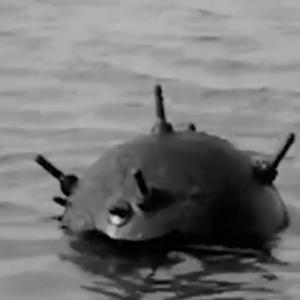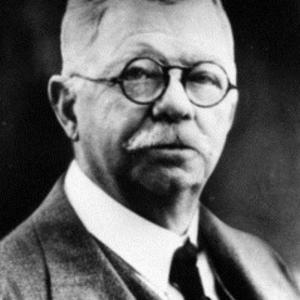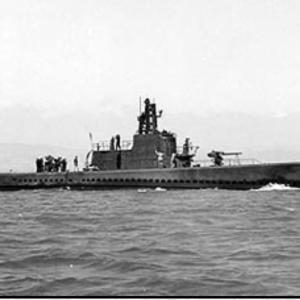
Dynamo Torch Philips 742/03
The German dynamo flashlight commonly associated with Wehrmacht field use in the Second World War was a self-powered squeeze torch manufactured by Philips in occupied Eindhoven, the most known military model being the 7424/03 from 1943. Philips had already produced civilian no-battery pocket lamps before the war, but German authorities required a wartime version painted in field-grey or olive drab with a military property stamp. It was very compact, roughly the size of a pack of cigarettes, made largely from steel rather than the earlier aluminium, with a folding lever on top for operation and, on some examples, a simple strap or loop allowing it to be hung from a button or belt.
This lamp was not invented as a unique military technology but was an adaptation of a pre-existing Philips dynamo concept. Inside the case, squeezing the spring-loaded lever drove a small gear system turning a flywheel and miniature generator. That generated instant current for a tiny bulb without any requirement for batteries. The flywheel acted as an energy buffer so the light would not flicker excessively between squeezes. The mechanism produced an audible whirr when used, which made it impractical for stealth but invaluable for reliability.
Production was organised during the occupation using both conventional Philips workshops and, by 1943, forced labour attached to the Philips-Kommando within the Vught concentration camp system. Exact production numbers were never publicly recorded and no reliable total has appeared in post-war documentation or museum archives. What is known is that it was widely issued enough for original wartime examples to be found relatively often, yet military-marked specimens remain highly sought after.
The 7424/03 entered service in 1943 and remained in military use until the end of the war. Earlier aluminium civilian versions existed before the war, and after 1945 similar squeeze torches went back into civilian markets across Europe, so the underlying design had a service life well beyond its military stint. During the war its usefulness was clear: it provided a renewable light source without consuming any supplies, it worked in wet and freezing environments where batteries frequently failed, and it could last indefinitely unless physically damaged. The drawbacks were that it required constant hand action to stay illuminated and it made a mechanical noise, but for activities such as checking maps, reading instruments or working on equipment it was considered practical and extremely convenient. Soldiers could keep it in a pocket, hang it from a uniform button if a strap was present, and rely on it regardless of battery shortages.
Although not every German soldier owned one, the Philips dynamo flashlight became one of the most recognisable self-powered torches of the war and is still widely collected today.










